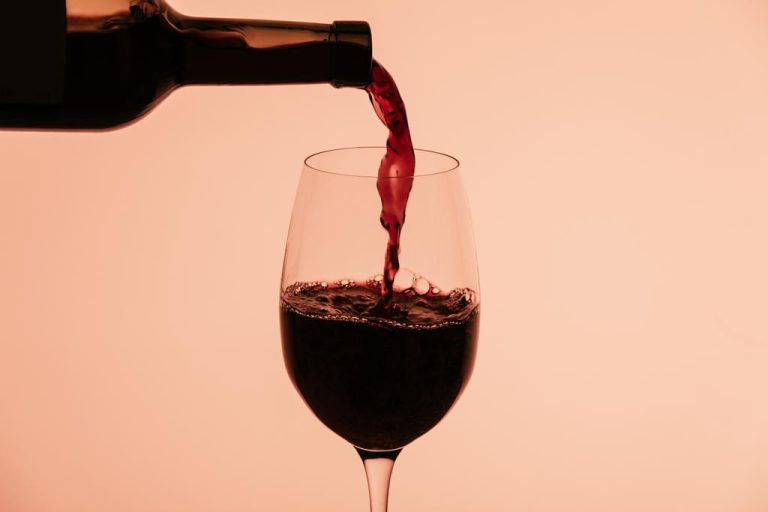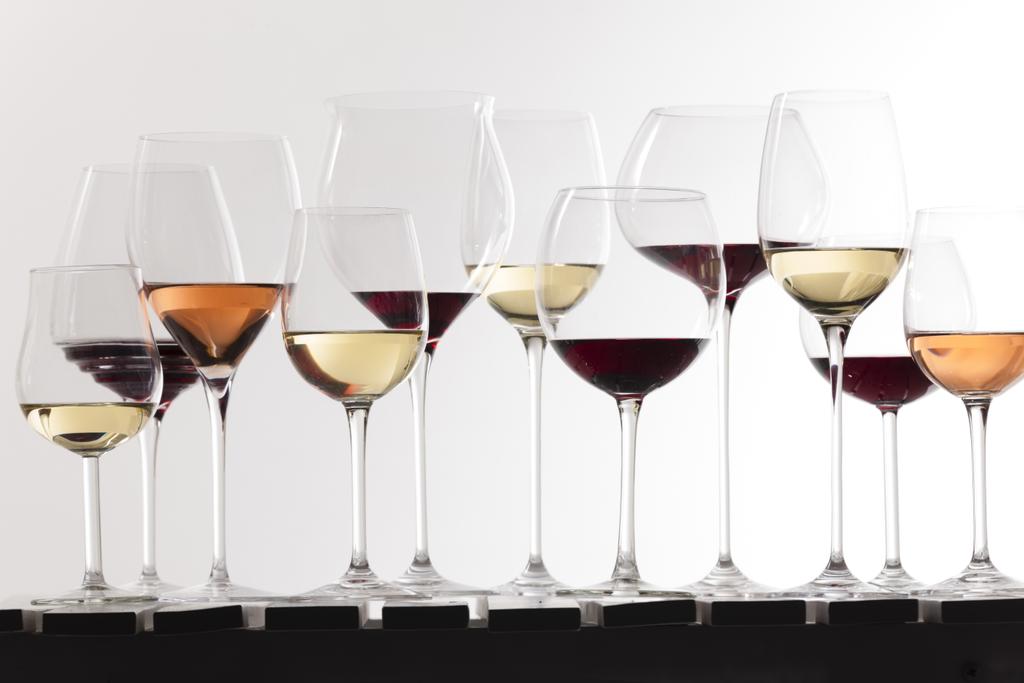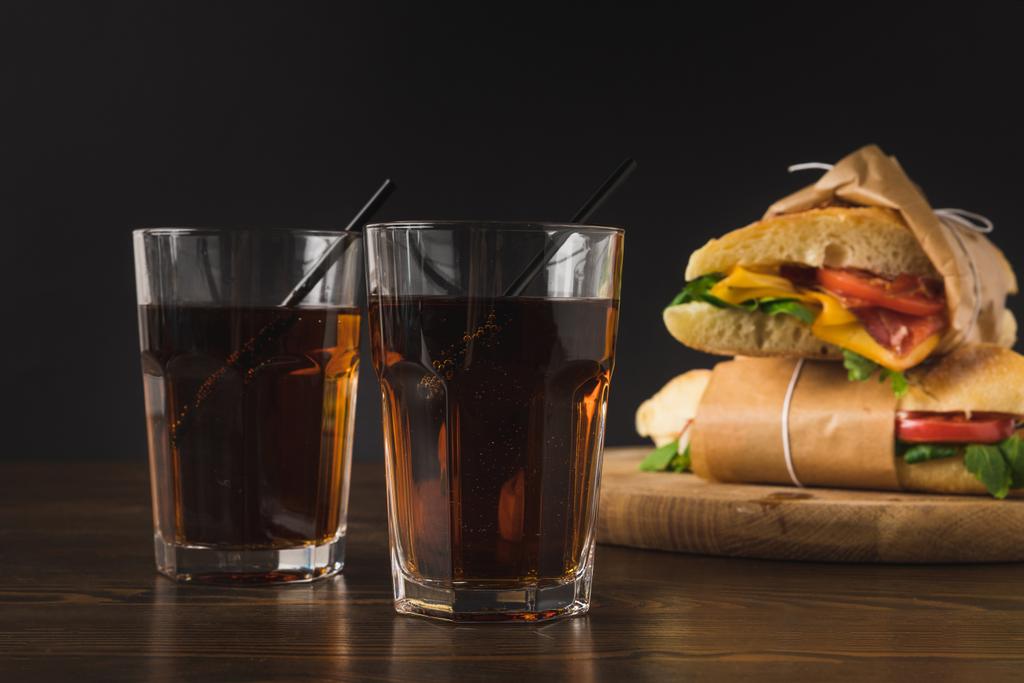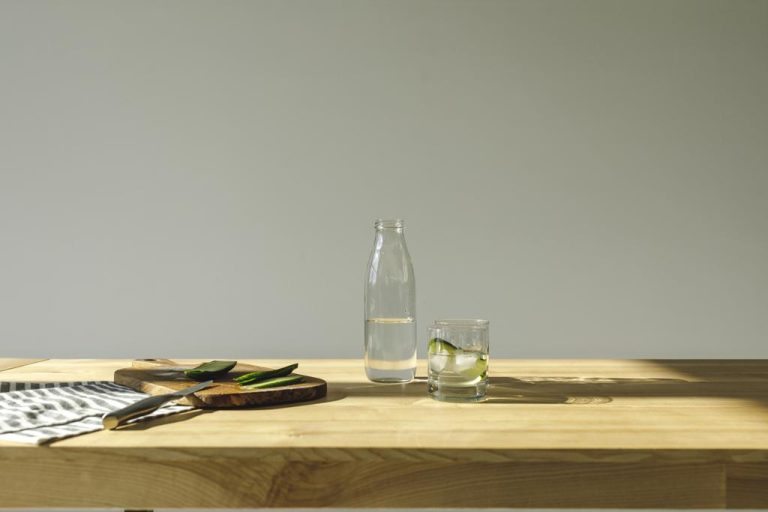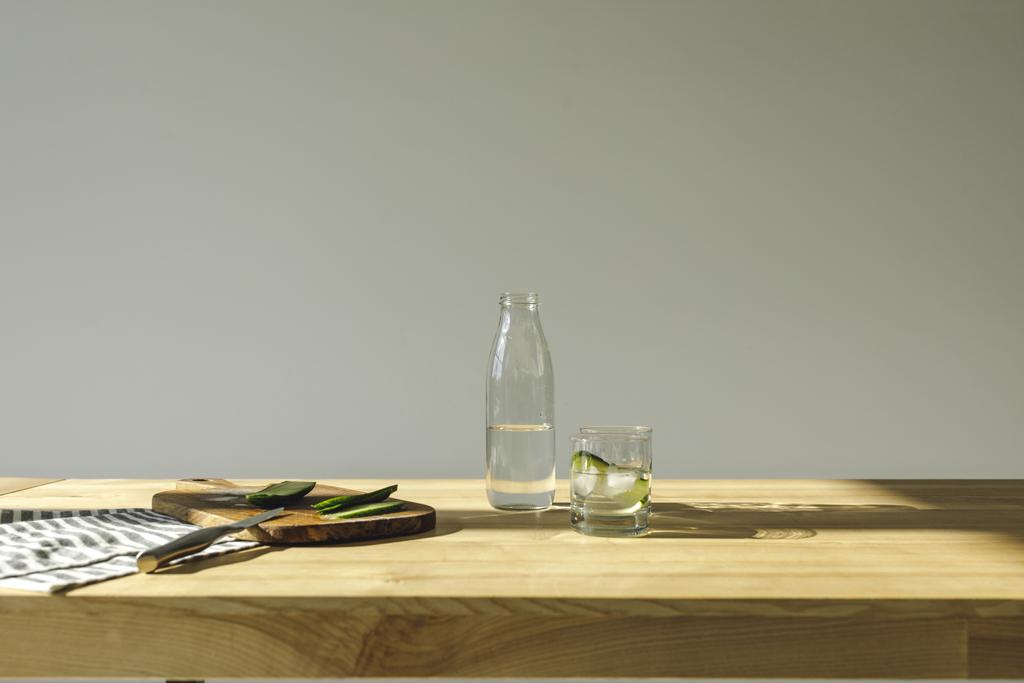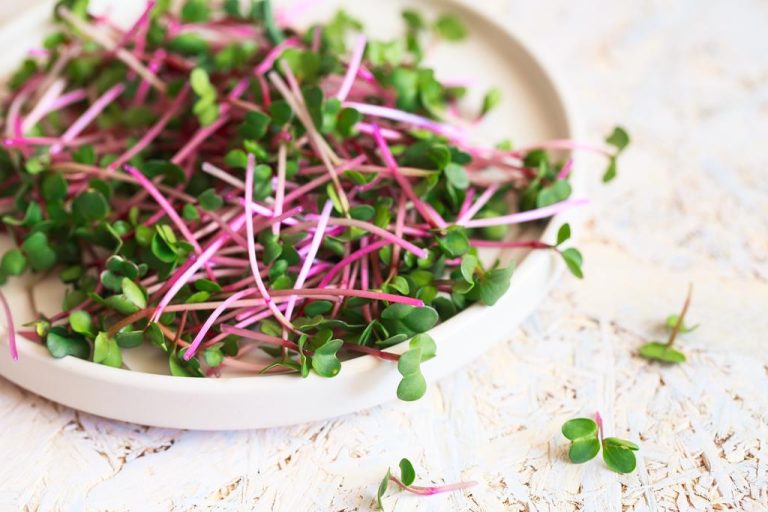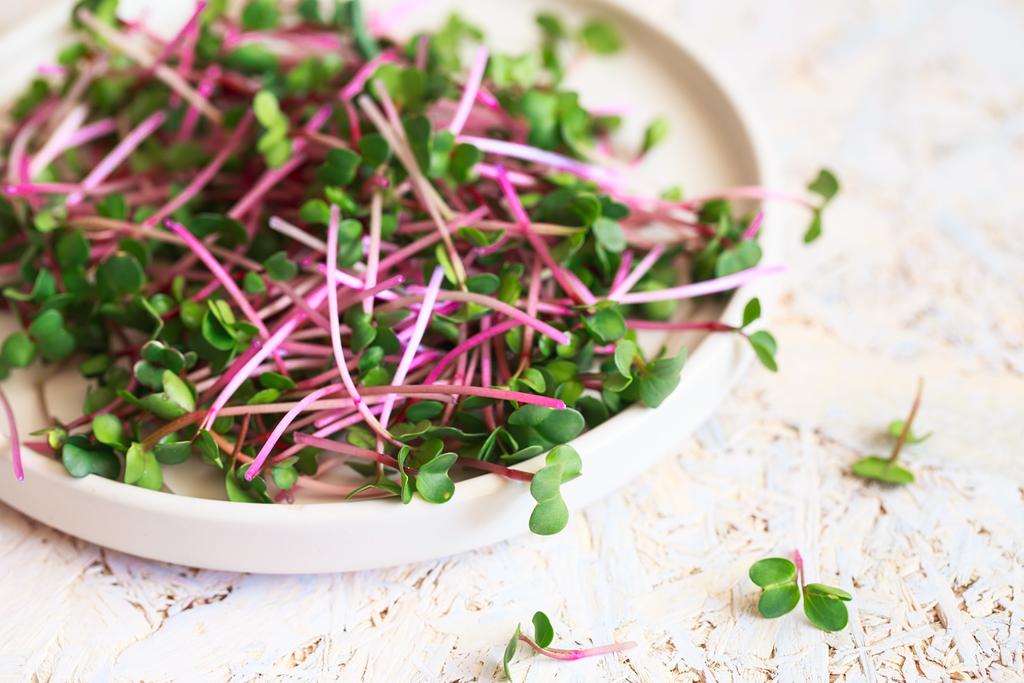A glass of red wine a day is good for the heart – right? Scientists have studied the effects of daily alcohol consumption on heart disease and found: This myth can be dangerous for some people.

Be careful with heart disease: it is better to do without the daily glass of wine
Dora Csengeri from the University Heart and Vascular Center Hamburg explains the results as follows: “People with moderate alcohol consumption had a 16 percent higher risk of developing atrial fibrillation compared to abstinent people. Around 6000 of the study participants suffered during this time atrial fibrillation for the first time.” The cardiologist Csengeri confirms the connection between already low alcohol consumption and an increased risk of atrial fibrillation.
It has long been known that excessive alcohol consumption is harmful to the heart. The difference to previous research with this study is that even small amounts of alcohol can trigger heart diseases such as atrial fibrillation, reports heart specialist Andreas Götte of the German Heart Foundation. The scientist and doctor Csengeri therefore emphasizes: “With regard to atrial fibrillation, regular consumption of even small amounts must be discouraged”.
Csengeri adds the following in connection with the misconception that regular consumption of small amounts of alcohol, such as a glass of wine, does not harm or even protect the heart: “20 grams of alcohol per day have a certain protective effect”. However, the researcher explicitly points out that this positive effect only relates to cardiac insufficiency and heart attacks – in no way to atrial fibrillation.
Conclusion: Is it safe to drink a glass of wine?
The heart expert Andreas Götte emphasizes that the right balance is relevant when consuming alcohol. According to the German Heart Foundation, his recommendation is as follows:
People who are completely abstaining from alcohol should not start because of possible health benefits.
People with atrial fibrillation should reduce their alcohol consumption significantly or even completely avoid alcohol.
People who only occasionally drink a glass of alcohol should not be afraid of atrial fibrillation and, at best, can benefit from the positive effects on the risk of heart attack and heart failure.
People who consume alcohol regularly should be aware of the risk of developing atrial fibrillation.


